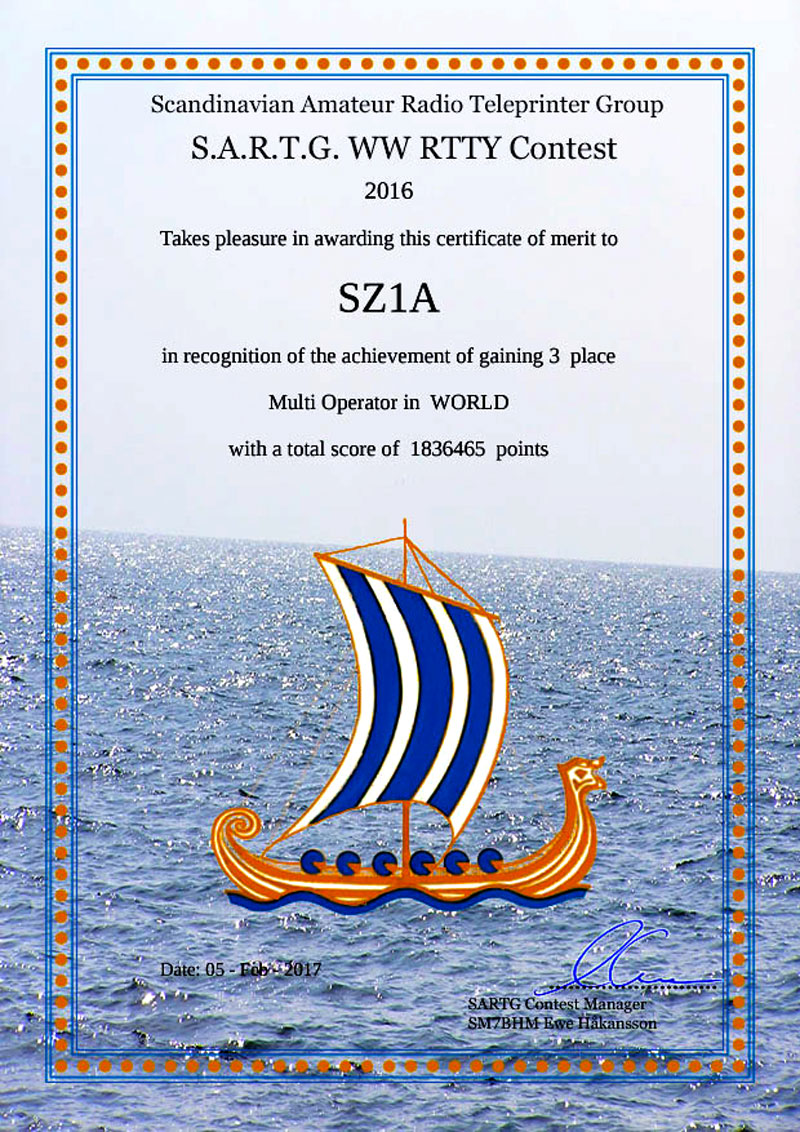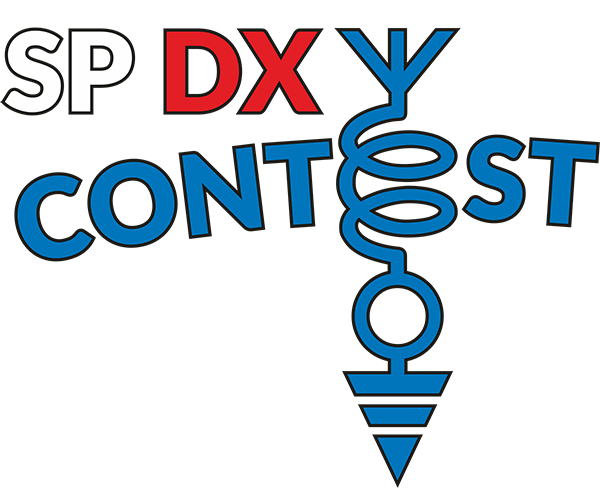

Take-off to the South-West (towards Hartland Point) from 225m asl. Installing a rotary 40m dipole (Opti-Beam) on a Versatower prior to the 2017 CQWW RTTY Contest. Overall operating time in the 2017 CQWW RTTY Contest was about 36 hours, with six short snooze/meal breaks. The excellent graphs produced by Win-Test show the QSO distribution for the two days. Contesters appeared to be keeping well clear of the FT8 (7074kHz ) channel. Most activity was between 70kHz, with just the occasional station between 70kHz. Operating required regular CQ-ing (often involving lengthy CQs with no replies - especially in the last hours on the contest!) interspersed with sweeps across the band looking for those elusive multipliers. Many usually quite easy W/VE mults were missed including : VT, AR, MS, NM etc etc.

I missed the V5 who was active - I saw his call garbled on my screen once, but didn't realise who it was until too late! Nothing from Africa apart from CR3A / CR3W, four EA8s and one EA9 all in z33. This entry was posted in Contest, Field Day, Surface and tagged 2017, cqww rtty, data modes on Septemby M0TAZ.Zones missed (11) : 01, 02, 19, 29, 31, 34, 35, 36, 37, 38 and 39. Fred and Dianne provided some excellent food thought the weekend.Ī very enjoyable weekend, and nice to see so many members and friend of the club lending a hand. The weather was kind, allowing us to operate outdoors in our tent. Over the course of the weekend, we worked 700 stations in 60 DXCC.įred G3SVK also worked 400 stations on CW, and reported some good DX was to be found on 20, 30 and 40m. Rudy has completed some extensive testing on ground v elevated radials, you can form your own opinion by reading the article. The 40m vertical is a tried and tested combination, although this year we tried elevated radials after reading an article by Rudy N6LF. Station two Dave M0TAZ used his Icom 7600 and solid state amplifier to deliver 400w to a ground mounted 1/4 wave for 40m. What lit-tle 10-meter propagation existed was mostly north-south. The decrease in solar activity is reflected in the yearly QSO breakdown by band comparison in the table below. The daily sunspot num-bers for the weekend were 12 and 23, compared to 55 and 30 in 2016. We do not anticipate the contest will ever be held again.

The contest was been replaced by the FT8 Roundup in 2018 and in 2019 the FT8 Roundup became the FT Roundup. It was held on Sunday of the first full weekend in December. The dipole with the aid of an ATU was used on 20, 40 and 80m. The 31st annual CQ WW DX RTTY Contest flourished despite the solar cycle trough. The Ten-Meter RTTY Contest was sponsored by and Muns Vineyard. George M1GEO used his Icom 7100 and solid state amplifier to deliver 400w, using an 80m dipole on the SNBCG tower. Members of the SNBCG took part in the CQWW RTTY contest over the weekend of 23rd and 24th September.


 0 kommentar(er)
0 kommentar(er)
